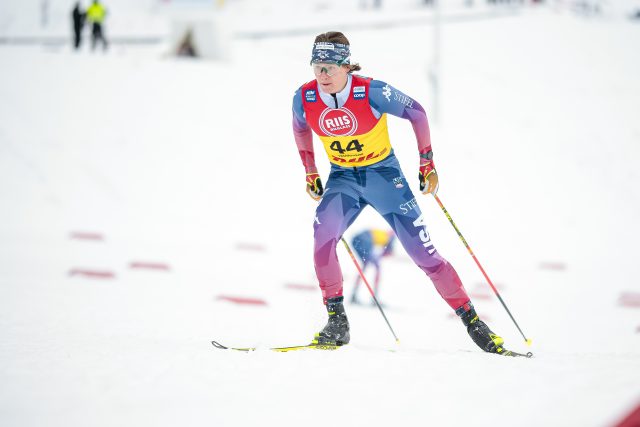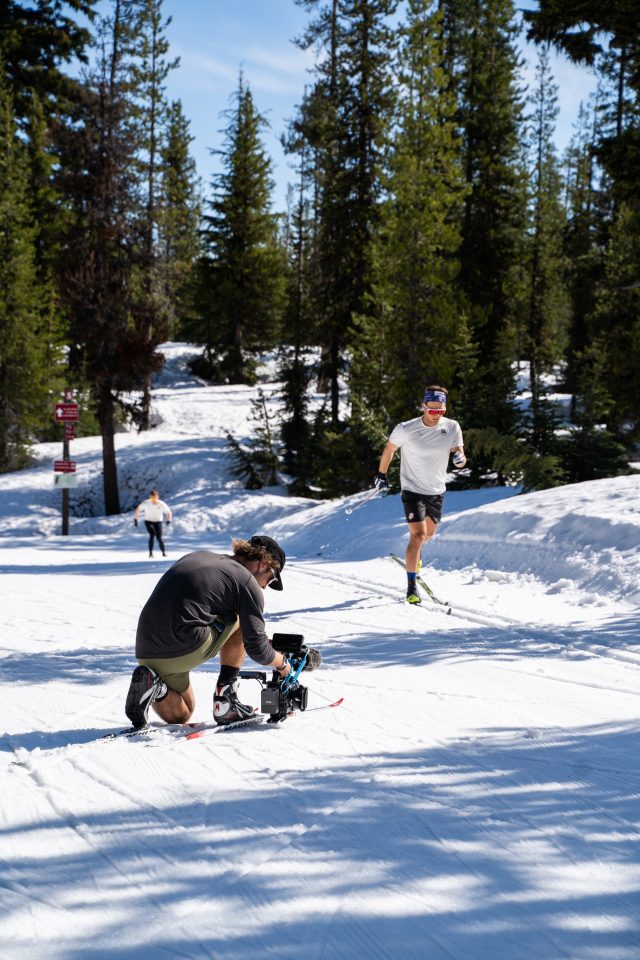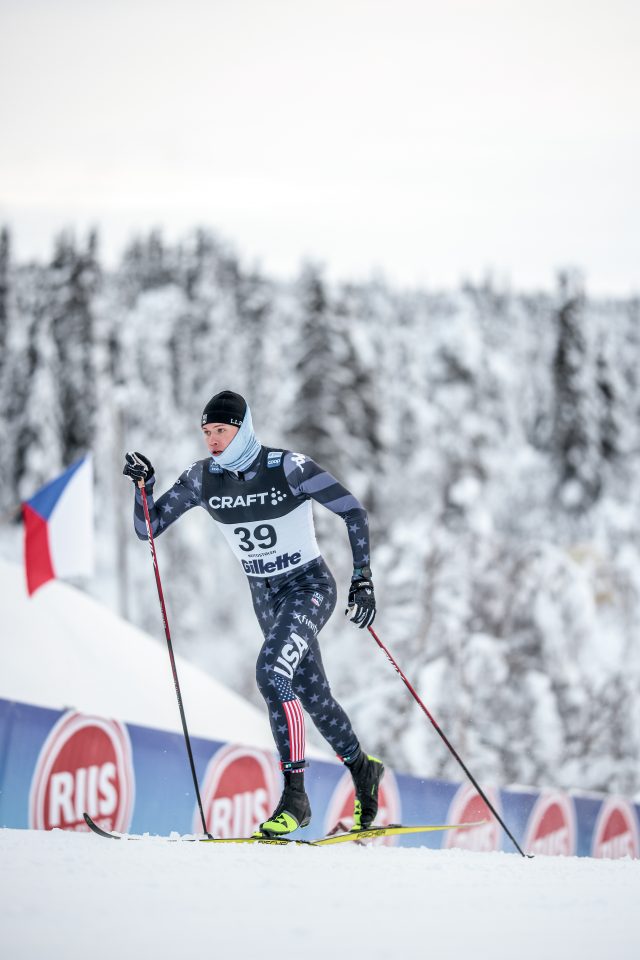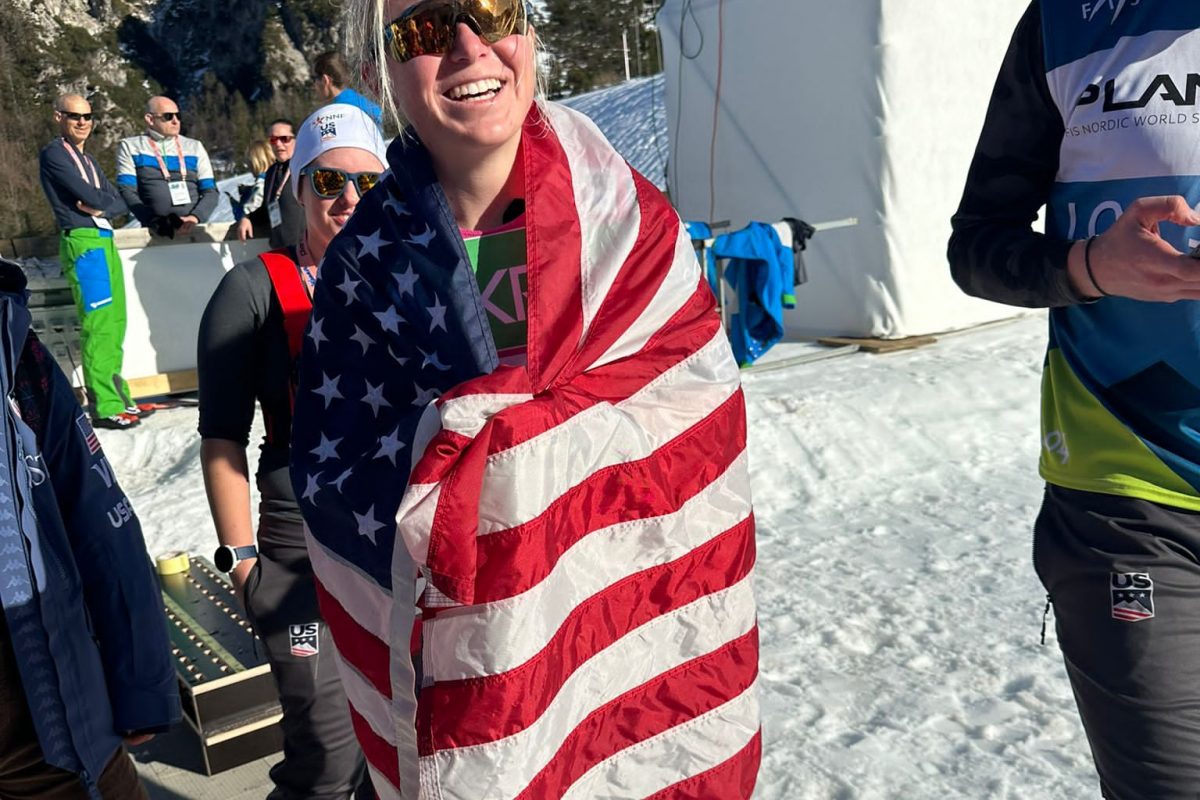
You’ve plateaued? What’s the deal? Is it insufficient rest; is it that you peaked too early; is it that you need to train harder? There is an article, Facebook post, podcast, YouTube video, and probably a thousand other forms of media dedicated to figuring out just about every component of training. So, with all this information available, why do so many athletes face such an uphill battle to reach their goals? From amateur to elite, being an athlete can sometimes feel like a constant state of frustration at not seeing the gains we want and work for. Why is that?
Part of the problem may be that many of us don’t really understand what exactly it is we want to get better at. Sure, if you’re a marathon runner, you want to run 26.2 miles faster. If you’re a ski racer you want to finish the course faster, and if you’re a weightlifter you want to be able to pick up more weight off the ground. While these actual tasks seem simple enough to complete, the issue is that the training components that go into accomplishing them are a bit more complicated.
When we complete a training session, we ideally have something we are targeting. It may be a skill, a pace, a metabolic system, a psychological experience, or—most likely—a combination of all of these things. Chances are, the more experienced, or ‘elite’ an athlete is, the more of this focus is brought to every session. What separates the best from the rest is the understanding of how that session fits into the broader picture of their training needs and how it will ultimately help on race day.

We only have so many units of energy to spend on training in any given day. If you have a job, a family, or other life obligations, then that number gets even smaller. The question becomes, “Where can we spend the least energy for the largest return?”
To answer this question, we first need to figure out where our strengths are and where our weaknesses are within the context of what it is we actually are training to accomplish. This is surprisingly challenging to do. In the heat of a race, when we are falling off the pace and feel ourselves floundering it’s hard to identify exactly what led to the disappointing result.
In the end it often feels like, “Well, I just wasn’t good enough!” We may feel like we did everything poorly and that the only way to possibly get better would be a hard reset where you just train everything better for next time. These feelings create an emotional bias that is a huge issue because it prevents us from seeing what we did well and where we were competitive with the field, or maybe even stronger than the field. This is problematic for a couple of reasons. First, it’s just a bummer to feel like we aren’t good enough and it can ruin our foundational enjoyment of sport. Second, it traps us inside a box where we can’t see how to grow and improve because we’re focused on a cycle of negativity. This often leads to the feeling that the only possible solution would be a completely cataclysmic reshaping of our training. This muddy puddle of negative emotion prevents us from accurately calculating where our energy units are best spent in training going forward.
If we are unable to see the nuances of our performances, and recognize that there are strengths and weaknesses present in every single effort we do, then we are going to have a hard time making the training decisions that will lead to actually improving.
For example, if two people are running a 5k with a goal of breaking 16 minutes and both finish in a time of 16:30, there are a lot of ways that they could have lost that 30 seconds out on the course. Athlete One may have been able to meet their goal speed easily until the last kilometer where they slowed down and lost all of their time in the final few minutes. Athlete Two, on the other hand may have felt that the pace was too fast from the start, but then ran strong and steady at a slower pace throughout the race and finished with energy left in the tank. Either way they both finish at the exact same time, but if they fail to recognize the different strengths and weaknesses they had in both scenarios, then it’s going to be challenging to figure out how to go faster next time.
In the first scenario, Athlete One successfully trained their body and mechanics to be able to handle the speed of their goal race pace, but they may need to elevate their base fitness so that they can sustain that speed for longer. In the second scenario, it seems that Athlete Two’s fitness was pretty good, but they were not trained to be able to meet the speed requirements of their desired time.
In each scenario, the training adjustments they need to make to lose the same amount of time are different. To chalk up the entire race as a loss and decide that none of their training was working because neither of them met their goals would be a mistake.

If our focus is on doing everything better, in reality we might not be doing anything better. We shouldn’t spend our energy units in places where the marginal gains are going to be relatively small. Instead, spend energy in the places that will yield the greatest returns. When it comes to training and performance, the lowest hanging fruits may be the sweetest.
For Athlete One, every unit of energy they put into a training session that improves their speed may yield only half a second off their 5k time. Every unit of energy they put into a training session that elevates their base fitness and how long they can hold their race pace may take a whole second off their 5k time. If they decide to spend that same unit of energy on a session that targets a little bit of both, they might end up seeing no improvement at all. Even worse would be increasing the energy spent on base training while continuing to spend the same amount as before on speed training. Spending more energy than their energy budget constraint allows will ensure that they don’t make proper adaptations in either arena and will plateau or even get slower.
The higher the level, the more important these training decisions become in order to continue improving. In an untrained person, doing almost anything will yield improvement over relatively short periods of time. For elite athletes the gains from any training session are marginally very low. So while the lowest hanging fruits are not equally low for everyone, they are still the best path for improvement.
A growth mindset challenges us to confront the realities of our situation without allowing the bias of our emotions to block the best path forward. In an athletic context, this means thinking about our own experiences to remember where in competitions we felt strong and where we felt less strong in order to determine which kinds of sessions or ‘experiences’ we need to focus on to get better next time.
In the rest of our lives, a growth mindset allows us to become the best version of ourselves in our relationships, work lives, school lives, and everything in between. Sport makes lessons we learn about ourselves tangible and visible through the medium of results, times, and scores. What we do with these lessons in every other arena of life is what makes it so worth people spending so much time and money taking their kids skiing, biking, running, playing basketball, cricket, and everything else in between.
Luke Jager
Luke Jager, a native of Anchorage, is a three time World Junior Championship medalist, a 2022 Olympian and a member of the Stifel U.S. Cross-Country Ski Team. Luke also has a degree in economics from the University of Utah.



